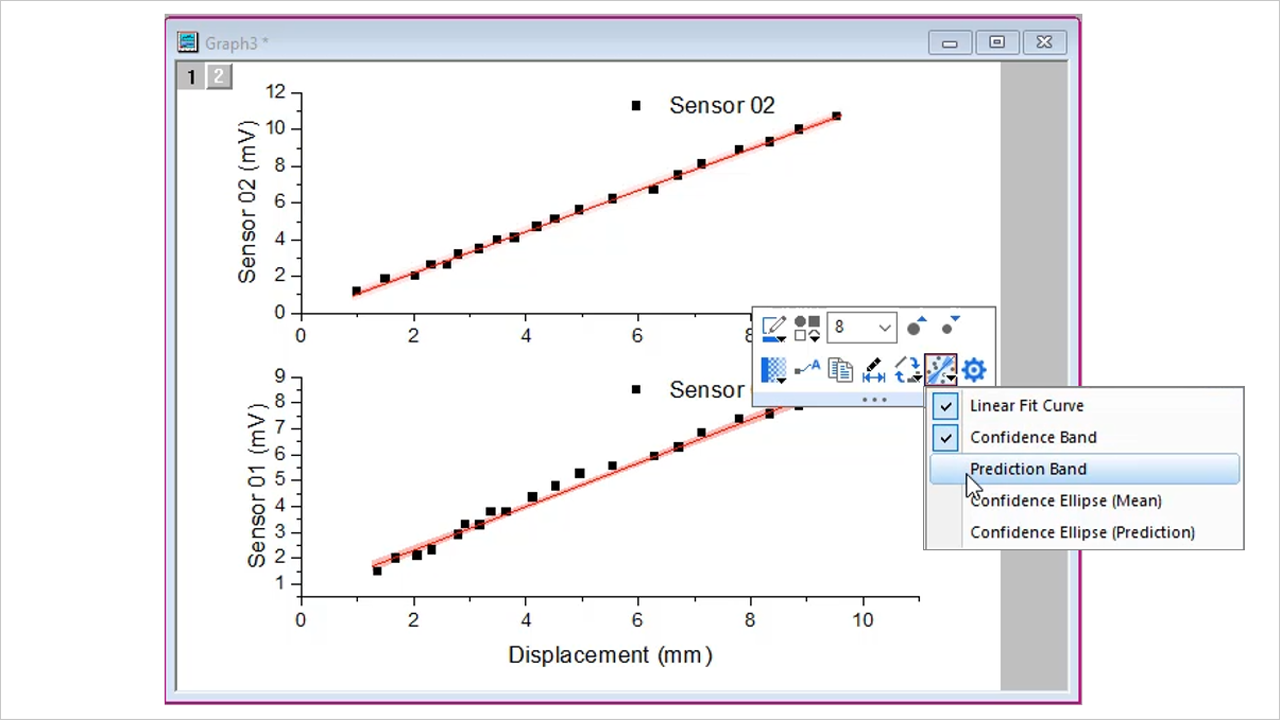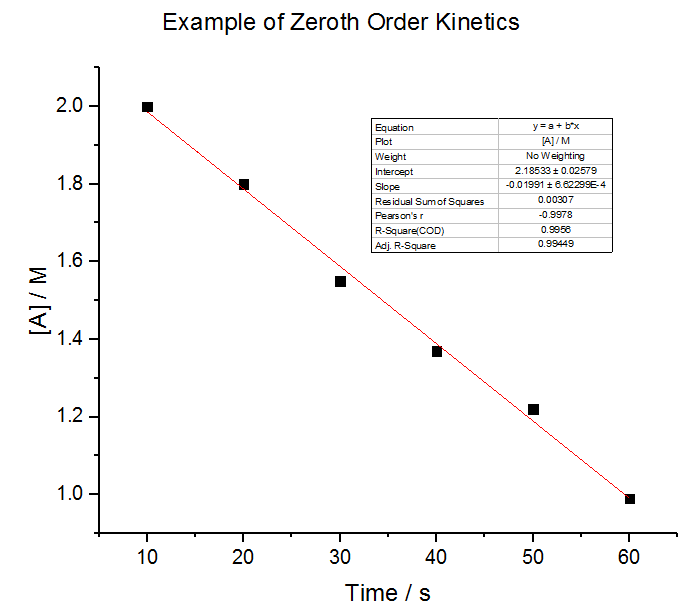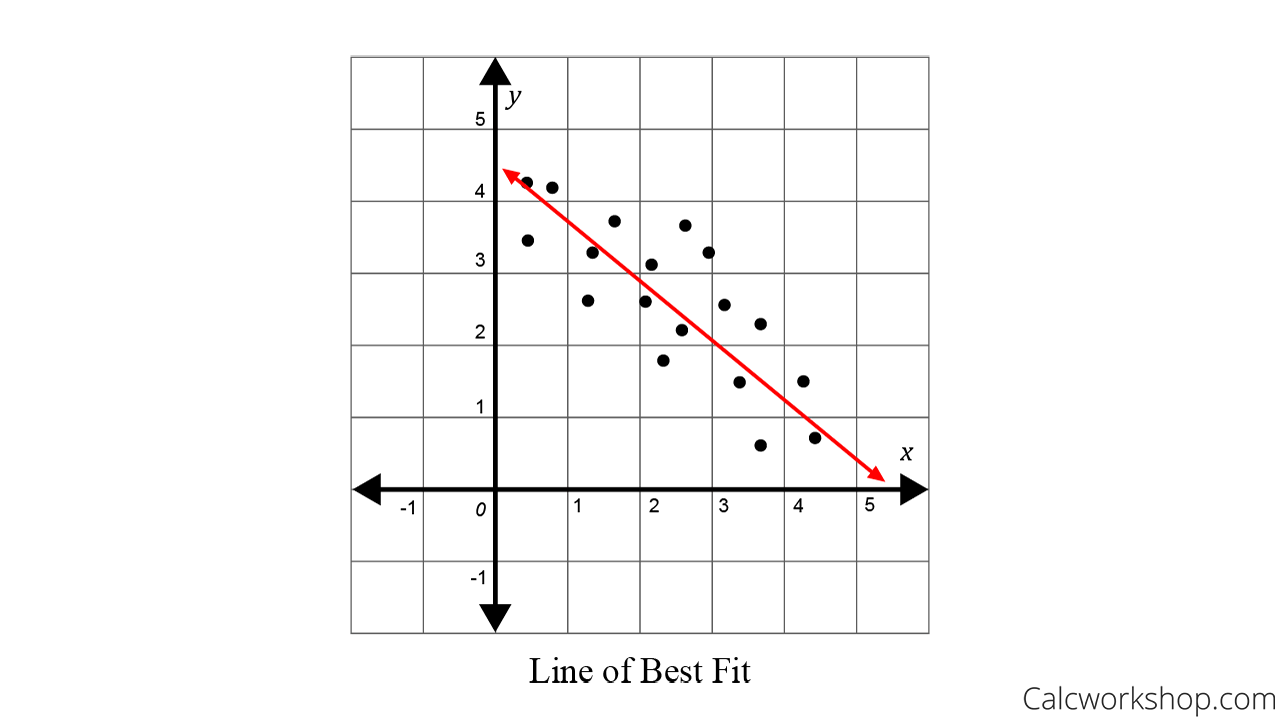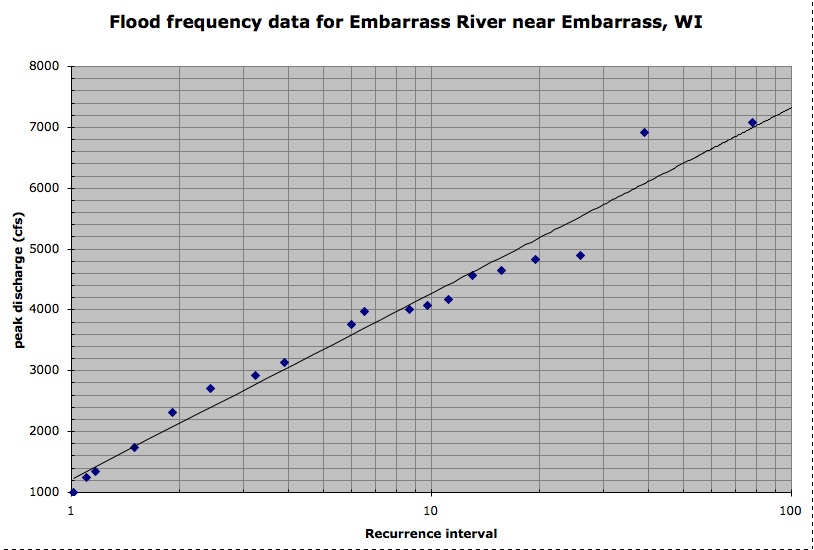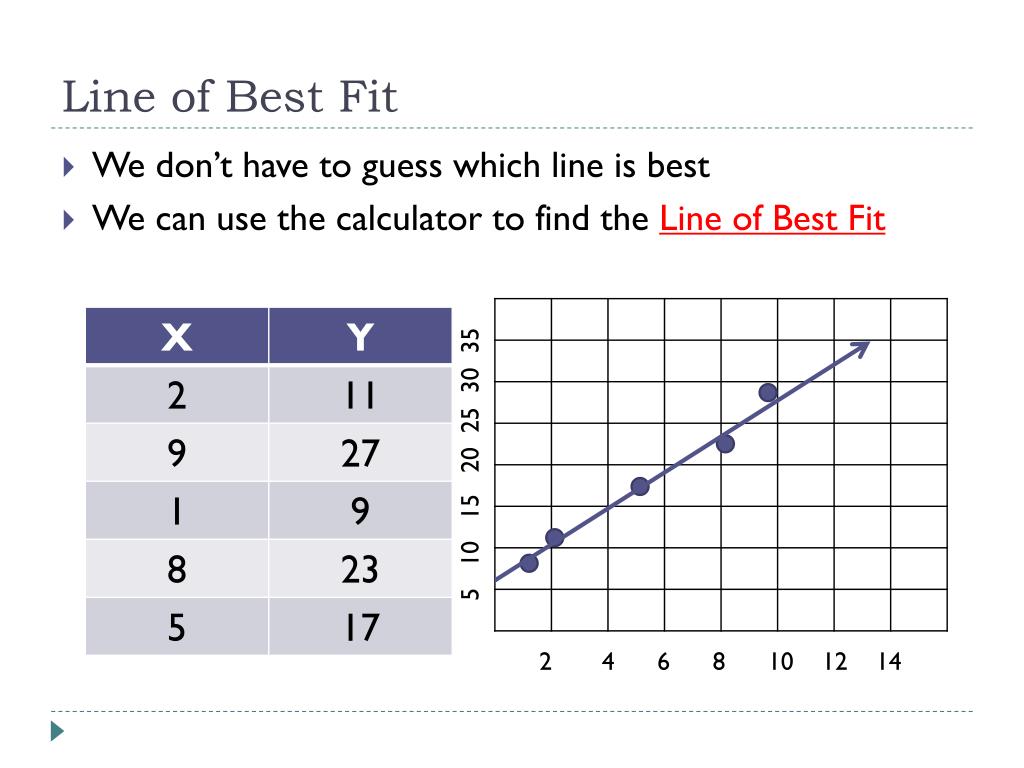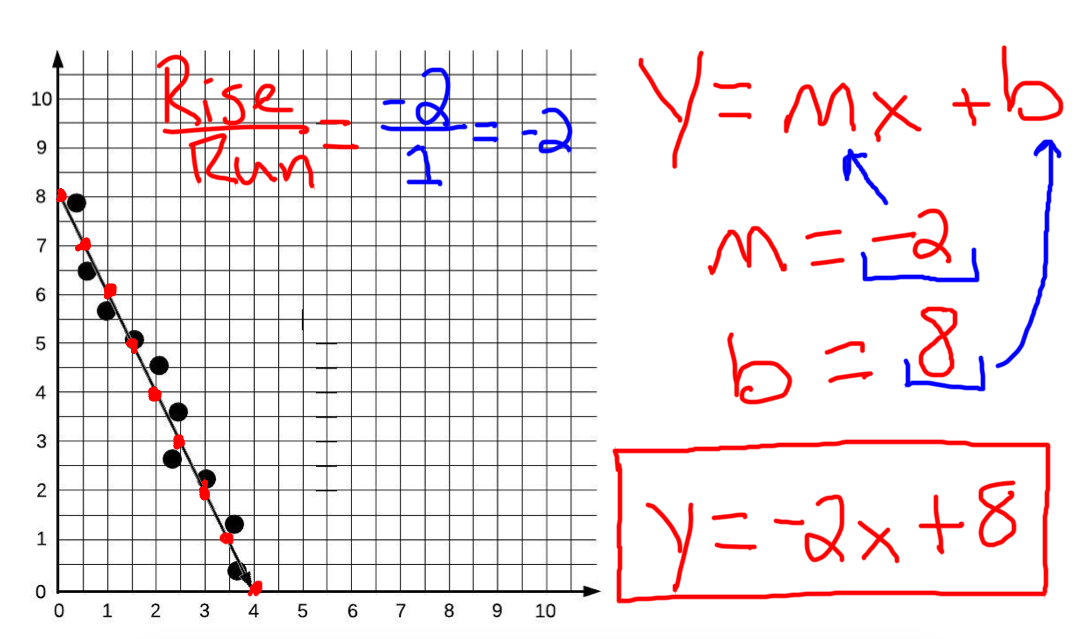Top Notch Info About How To Add The Best Fit Line In Origin Flowchart Connector Lines
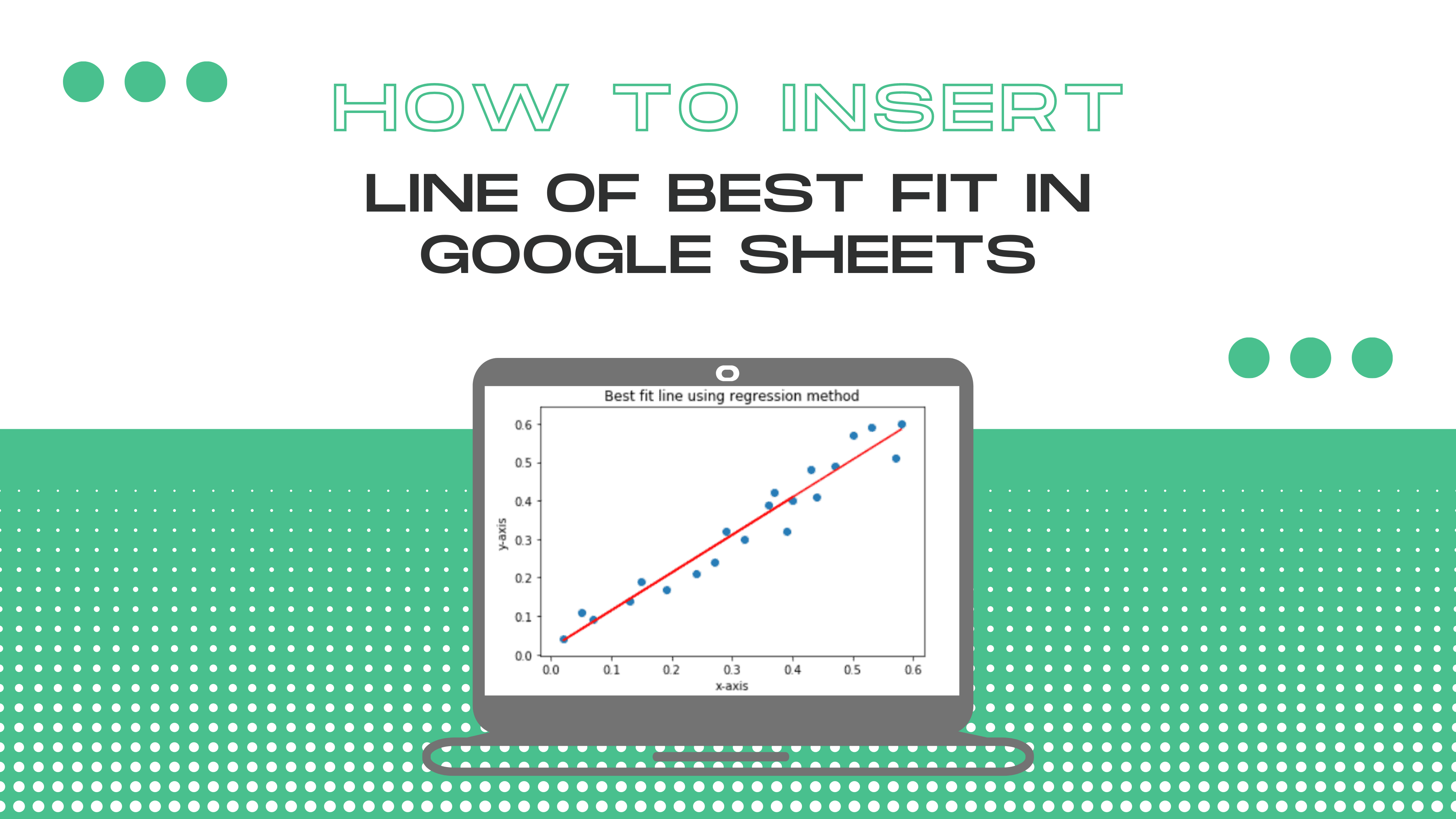
$m_i$) for each data set $d_i = \{d_{ij}=(x_j,y_j)_i, j\in\{1,.,n_i\}\}$, where $n_i = |d_i|$ is the number of data of each.
How to add the best fit line in origin. Use the regional data selector tool,. The following video demonstrates linear fit to all data plots in the layer combined as a single dataset. Click and select the second column and use the menu item plot:
Straight line to open the addline dialog. When you use nonlinear regression to fit a line through the origin, prism uses the first definition above. This is the following code i have tried (using forums):
This will only create a linear fit between the two red vertical markers. I want to take the complex numbers, plot the real and imaginary parts of them, and then fit a line of best fit that is forced through the origin. With origin, you can fit each dataset separately and output results in separate reports or in a consolidated report.
I want to add a best fit line that pass through the origin for the half normal plot which plot in r by fawaway pacakage ,how can i do it?this is my half normal function: That is, should we try to fit to the form $a = mz+b$ to the data or just $a=mz$. This way, the best fit will always go through the origin.
Curve fitting examines the relationship between one or more predictors (independent variables) and a response variable (dependent variable), with the goal of defining a best fit model of the relationship. The best fit line, in general, passes through the centroid of the data (average the x's and average the y's). To perform regression analysis on a dataset, a regression model is first developed.
Or perform a concatenated fit which combines replicate data into a single dataset prior to fitting. Using the regional mask tool from the toolbar (which appears on the left side of your screen under default settings), click and drag to select points which you wish to mask. Apparent fit will first transform your raw data into a new data space as specified by the graph axis type, and then fit.
Open the nlfit dialog, by selecting analysis: You can set the x data type> range option node to span to full axis range (or custom to set more details) in the linear fit tool as sown below: The idea is to fit a line that passes through the origin and that the line is good enough approximating the behaviour of the data where it is linear.
To bring up the linear fit dialog. You can use the linear fit tool to do this. I pick a minimum of data (e.g.
Linear fitting in origin: Start with a new workbook and import the file \ samples \ curve fitting \ outlier.dat. A pair of data marker appears either to indicate what data will be inputted.
Choose tools:linear fit, then choose the settings tab and select span x axis then go back to the operation tab and hit the fit button to run the linear fit. Add reference lines and linear fit lines to a plot. Make sure the graph window is active and select insert:

